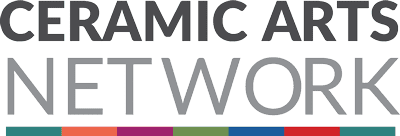-
 Editor's Note: More is LessSo, I find myself evolving and trying to loosen up my less-is-more lifestyle mantra. After all, there has always been power in numbers. However, there’s a difference between mere clutter and objects that make up a pattern.
Editor's Note: More is LessSo, I find myself evolving and trying to loosen up my less-is-more lifestyle mantra. After all, there has always been power in numbers. However, there’s a difference between mere clutter and objects that make up a pattern. -
 Pottery Illustrated: Vessels and ProfilesDrawings adapted from woodturningcad.co.uk.
Pottery Illustrated: Vessels and ProfilesDrawings adapted from woodturningcad.co.uk. -
.jpg?sfvrsn=9602a808_1) In the Potter's Kitchen: Ceramic CheeseboardsI decided to make an appetizer tray and after a few tries, I came up with this paddle-shaped cheeseboard. The tray is very simple, but there are a few tricks that will help you as you experiment with your own forms.
In the Potter's Kitchen: Ceramic CheeseboardsI decided to make an appetizer tray and after a few tries, I came up with this paddle-shaped cheeseboard. The tray is very simple, but there are a few tricks that will help you as you experiment with your own forms. -
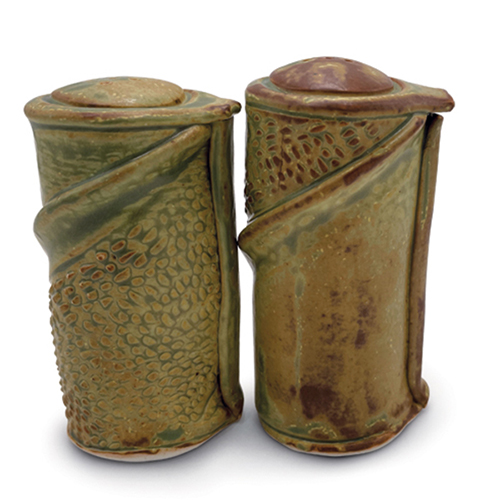 Please Pass the Salt and PepperSalt and pepper shakers are found in almost everyone’s kitchen. Along with the utilitarian function, an interesting salt and pepper set can also serve as a focal point on a table.
Please Pass the Salt and PepperSalt and pepper shakers are found in almost everyone’s kitchen. Along with the utilitarian function, an interesting salt and pepper set can also serve as a focal point on a table. -
 In the Studio: Low-Fire Glaze Recipes for the Wood KilnDavid Scott Smith has done hundreds of glaze tests in his converted wood kiln. Below he has shared several of the successful recipes and images of the tests with us.
In the Studio: Low-Fire Glaze Recipes for the Wood KilnDavid Scott Smith has done hundreds of glaze tests in his converted wood kiln. Below he has shared several of the successful recipes and images of the tests with us. -
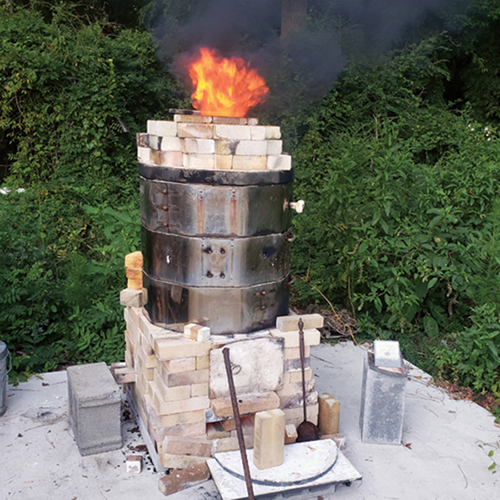 Low-Fire WoodLow-temperature wood firing in a broken, old electric kiln began as a project to help my students, but I have found the results so exciting that it has become a focus of my professional practice.
Low-Fire WoodLow-temperature wood firing in a broken, old electric kiln began as a project to help my students, but I have found the results so exciting that it has become a focus of my professional practice. -
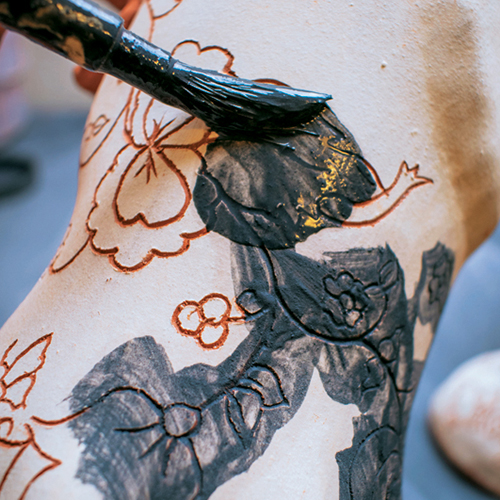 Earthenware Chocolate PotMy work is exclusively handbuilt using slabs, sprig molds, and pinching techniques. Many of my forms, including the chocolate pot (a porcelain or metal container designed to serve hot chocolate), are inspired by French Limoges pottery.
Earthenware Chocolate PotMy work is exclusively handbuilt using slabs, sprig molds, and pinching techniques. Many of my forms, including the chocolate pot (a porcelain or metal container designed to serve hot chocolate), are inspired by French Limoges pottery. -
 Sculpted by the SeaTo create a physical connection from the vessel to the place that inspired it, I incorporate found materials such as sand and clay into the sculpted rims. Experimentation through exploration is where life happens.
Sculpted by the SeaTo create a physical connection from the vessel to the place that inspired it, I incorporate found materials such as sand and clay into the sculpted rims. Experimentation through exploration is where life happens. -
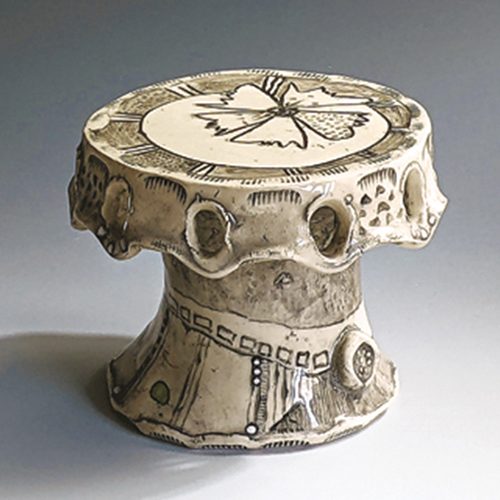 Cake Stands: Not Just for Cakes Anymore!When I make cake stands, I like to work in multiples to encourage experimentation and risk taking. The added benefit: I have several combinations of tops and bases from which to choose.
Cake Stands: Not Just for Cakes Anymore!When I make cake stands, I like to work in multiples to encourage experimentation and risk taking. The added benefit: I have several combinations of tops and bases from which to choose. -
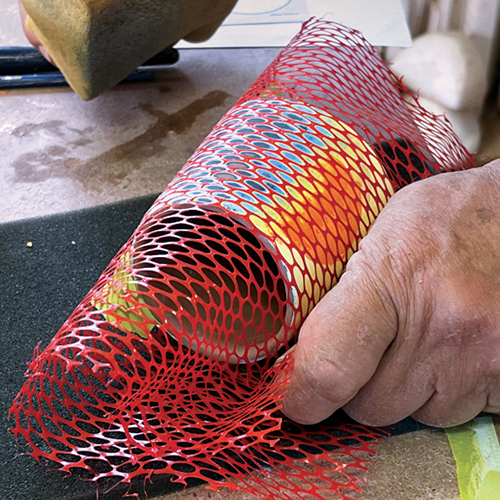 Building a Weathered SurfaceImagery plays a very important part in all these applications. So it was there that my journey with low-fire clays and the use of molds began.
Building a Weathered SurfaceImagery plays a very important part in all these applications. So it was there that my journey with low-fire clays and the use of molds began. -
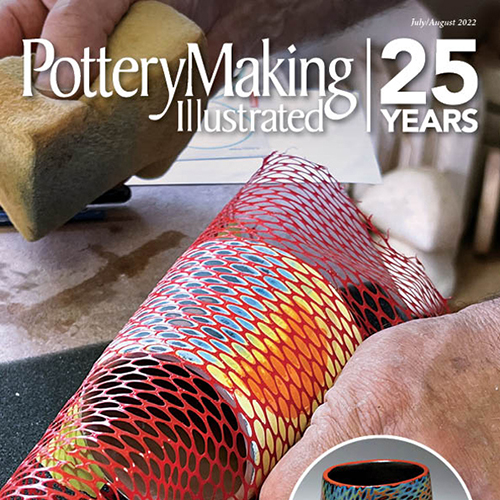 In the Studio: Business Credit Cards Pros and ConsThere are advantages to having a separate credit card solely for business purposes. Business credit cards enable you to make big buys like studio furniture, equipment, or raw materials.
In the Studio: Business Credit Cards Pros and ConsThere are advantages to having a separate credit card solely for business purposes. Business credit cards enable you to make big buys like studio furniture, equipment, or raw materials. -
 In the Studio: Icy ProvisionsA wine bucket needs to hold one bottle of wine and enough ice for chilling.
In the Studio: Icy ProvisionsA wine bucket needs to hold one bottle of wine and enough ice for chilling. -
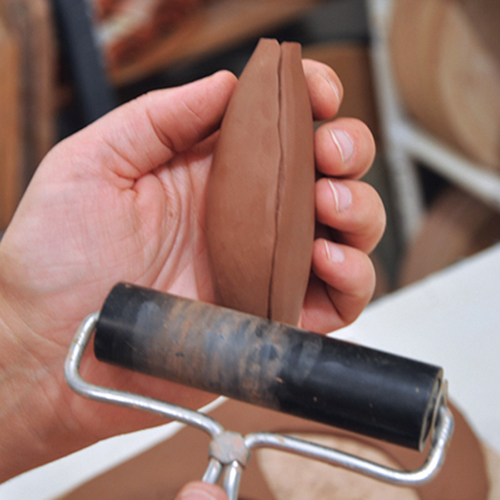 In the Studio: Upcycled UtensilsIn an effort to produce a functional ceramic object that’s more earth friendly, I started combining vintage recycled kitchen tools with “candy-coated” earthenware handles.
In the Studio: Upcycled UtensilsIn an effort to produce a functional ceramic object that’s more earth friendly, I started combining vintage recycled kitchen tools with “candy-coated” earthenware handles. -
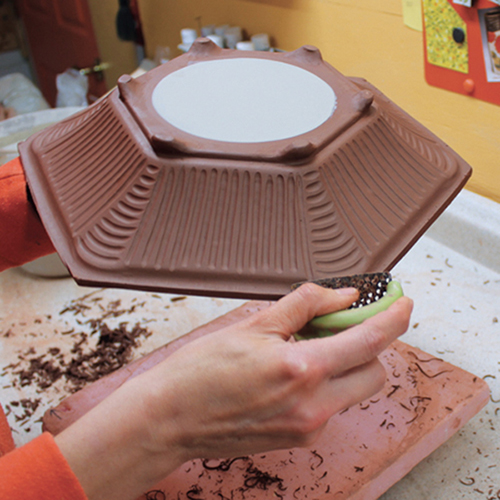 In the Studio: Second-Life DishesVintage textile prints and cast glassware are my primary inspirations. After failing to throw pots similar to the ones that inspired me, I began collecting glassware, melamine, and plastic in various shapes to make molds from.
In the Studio: Second-Life DishesVintage textile prints and cast glassware are my primary inspirations. After failing to throw pots similar to the ones that inspired me, I began collecting glassware, melamine, and plastic in various shapes to make molds from. -
 Editor's Note: Mental ClaritySo, as you read this issue, think back on what you did during the in-between time. You may be inspired to create new forms in a whole different way.
Editor's Note: Mental ClaritySo, as you read this issue, think back on what you did during the in-between time. You may be inspired to create new forms in a whole different way. -
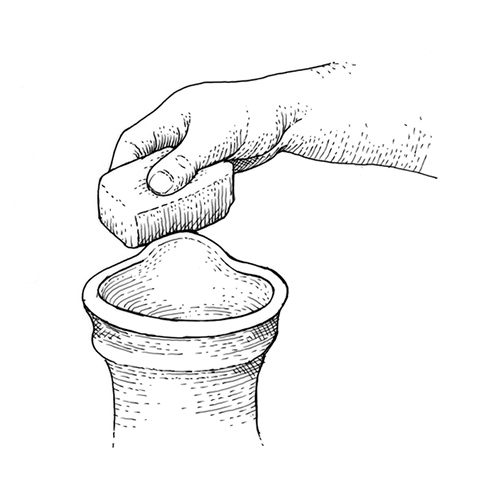 Pottery Illustrated: Pulling SpoutsExcerpted from Functional Pottery: Forms and Aesthetic in Pots of Purpose by Robin Hopper.
Pottery Illustrated: Pulling SpoutsExcerpted from Functional Pottery: Forms and Aesthetic in Pots of Purpose by Robin Hopper. -
 In the Potter’s Kitchen: The Egg Cup EvolutionI have a number of clay friends who have chickens, which made me consider the egg itself when designing my egg cups.
In the Potter’s Kitchen: The Egg Cup EvolutionI have a number of clay friends who have chickens, which made me consider the egg itself when designing my egg cups. -
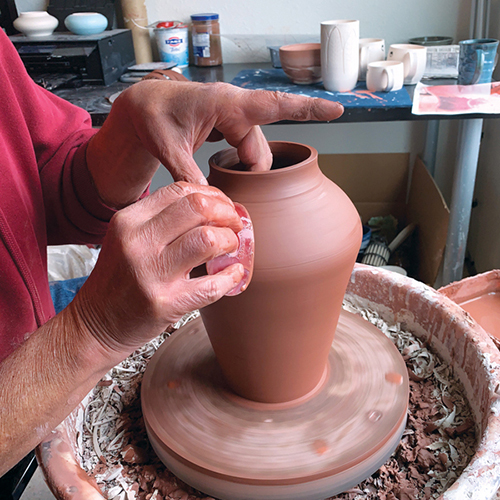 Amphora for Wine StorageAfter studying photos of amphorae found at Pompeii, Italy, that were left intact by burial in volcanic ash when Mt. Vesuvius erupted in 79 CE, I secured some terra-cotta clay and began to make some vessels.
Amphora for Wine StorageAfter studying photos of amphorae found at Pompeii, Italy, that were left intact by burial in volcanic ash when Mt. Vesuvius erupted in 79 CE, I secured some terra-cotta clay and began to make some vessels. -
 Beauty in ImperfectionI have always been drawn to organic shapes and textures. I find that my Tree Bark Bowls meet some inner desire to have a balance between texture, color, and shape.
Beauty in ImperfectionI have always been drawn to organic shapes and textures. I find that my Tree Bark Bowls meet some inner desire to have a balance between texture, color, and shape. -
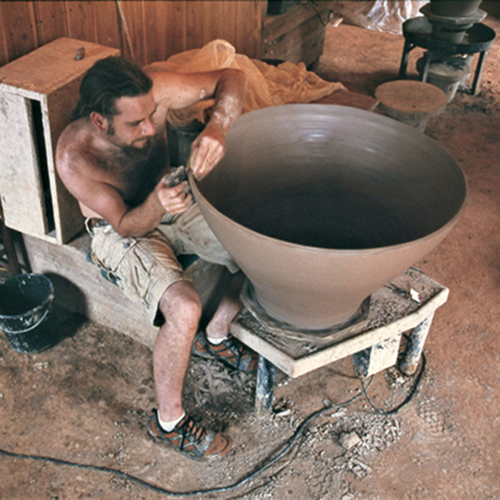 Daniel Johnston: Apprentice to Master PotterDaniel had been the kid who was throwing better than the old guys, who quit every afternoon with two hundred dollars in his pocket, but now, he says, “All of a sudden I couldn’t throw anything.
Daniel Johnston: Apprentice to Master PotterDaniel had been the kid who was throwing better than the old guys, who quit every afternoon with two hundred dollars in his pocket, but now, he says, “All of a sudden I couldn’t throw anything.
- «
- 11
- 12
- 13
- 14 (current)
- 15
- 16
- 17
- 18
- 19
- 20
- »
